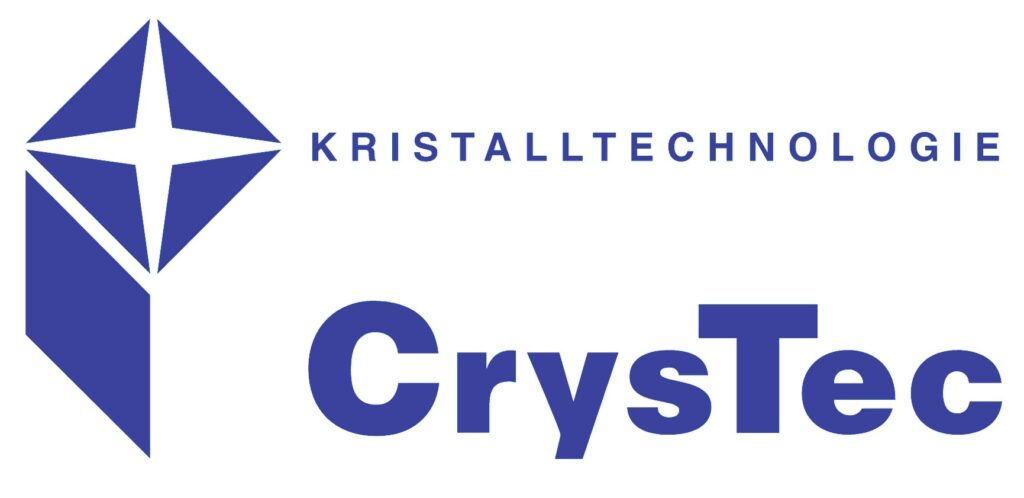Cluster G intimately relates to phenomena at the surface, addressing surface processes, both theoretically and experimentally, to control stoichiometry, formation of surface facets, interfaces, and atomic defects.
For bulk growth, critical issues are: growth stability, defect formation, and the impact of growth conditions on crystal diameter and properties.
MBE and MOCVD often suffer from facet formation and have their individual challenges. Low growth pressures during MBE tend to form volatile suboxides that limit the growth temperature. MOCVD allows for conditions closer to thermodynamic equilibrium and higher oxygen pressures, decreasing intrinsic defect concentrations. However, the more complex chemistry during growth, poor volatility and stability of most metalorganics requires precursor development in the case of complex oxides, which explains the very limited work in complex oxide MOCVD.
Cluster G performs growth, ab-initio theory, and characterization, addressing three major goals:
- Bulk growth of highly conducting Ga2O3 substrates with high structural perfection and diameters up to 2 inches.
- The development of a predictive and experimentally confirmed model on surface stability and growth for the major surface orientations (100), (010), (100) and (201) of Ga2O3, based on our homoepitaxial growth results of Ga2O3 regarding surface stability as well as thermodynamics and kinetics in the growth by MBE and MOCVD.
- Control of stoichiometry and doping of complex oxides by MOCVD (SrTiO3) and MBE (BaSnO3, LaInO3) for fundamental studies on intrinsic properties, atomic defects, and interfaces.
Coordinators
Oliver Bierwagen (PDI) and Jutta Schwarzkopf (IKZ)
Research Highlights

Cluster G
A team of bulk crystal growers, epitaxy, and electron microscopy experts from GraFOx cluster G laid the foundation to realize two-dimensional electron gases with high room-temperature mobility using perovskite oxides.


















